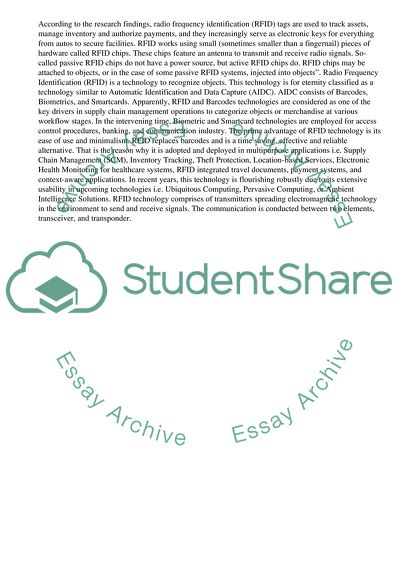Cite this document
(“RFID Impact on Supply Chain Management Research Paper - 1”, n.d.)
RFID Impact on Supply Chain Management Research Paper - 1. Retrieved from https://studentshare.org/management/1575943-rfid-impact-on-supply-chain-management
RFID Impact on Supply Chain Management Research Paper - 1. Retrieved from https://studentshare.org/management/1575943-rfid-impact-on-supply-chain-management
(RFID Impact on Supply Chain Management Research Paper - 1)
RFID Impact on Supply Chain Management Research Paper - 1. https://studentshare.org/management/1575943-rfid-impact-on-supply-chain-management.
RFID Impact on Supply Chain Management Research Paper - 1. https://studentshare.org/management/1575943-rfid-impact-on-supply-chain-management.
“RFID Impact on Supply Chain Management Research Paper - 1”, n.d. https://studentshare.org/management/1575943-rfid-impact-on-supply-chain-management.


